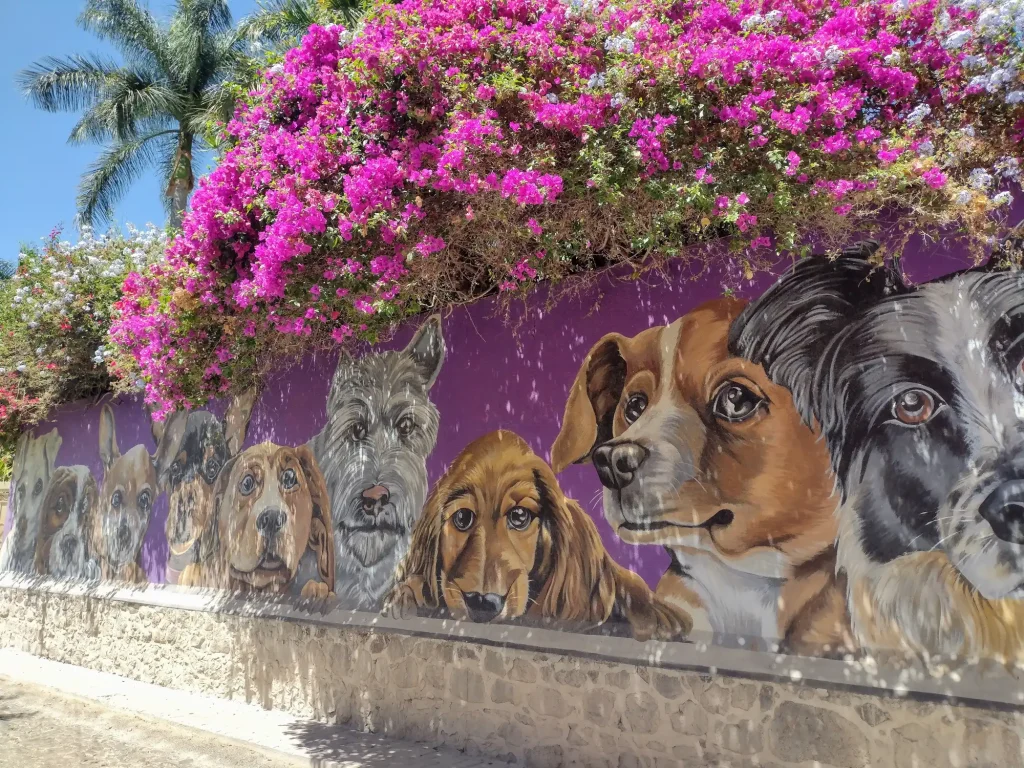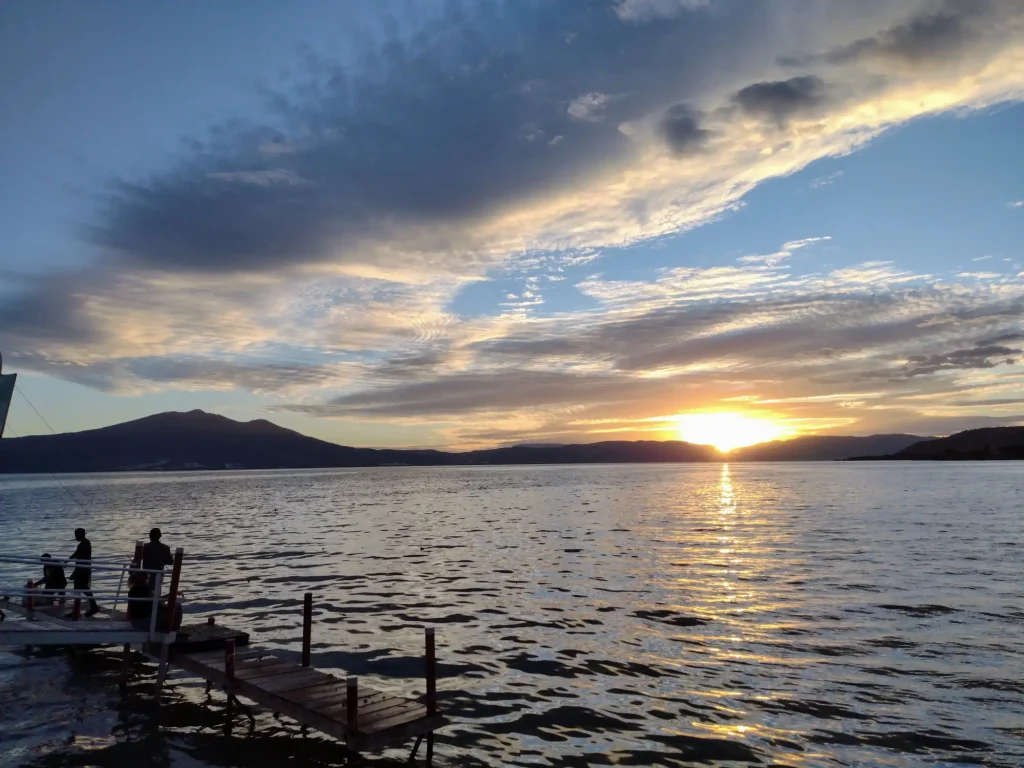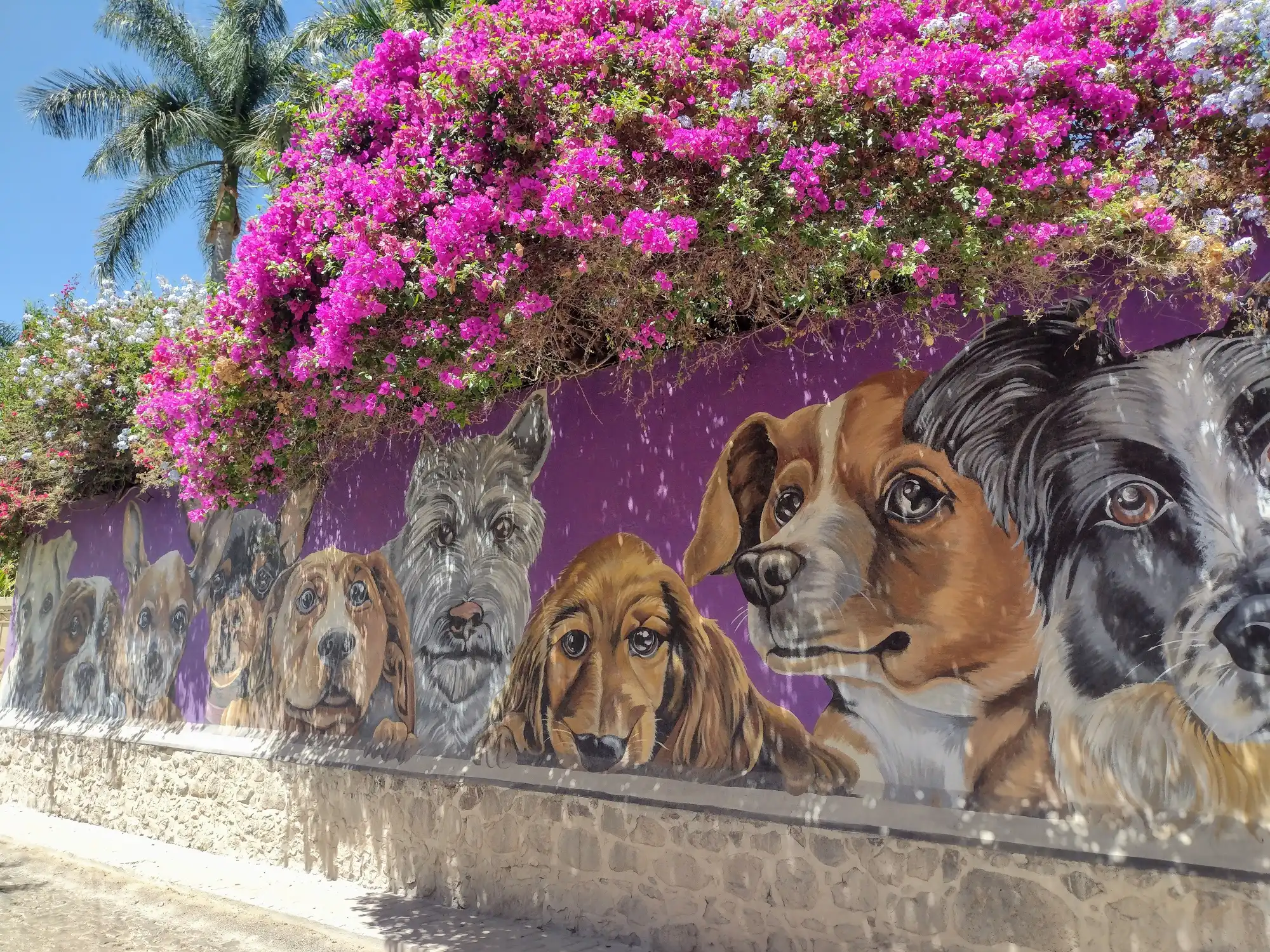The Lake Chapala Society’s home village of Ajijic is one of the oldest in western Mexico (founded by the Spanish in1531). It’s also Mexico’s newest Pueblo Mágico. But that’s hardly the whole tale. The next time you visit the Plaza, stroll to the lakefront, or gather at your favorite watering hole, reflect on how our village in the sun has been a magnet for humans for thousands and thousands of years.

A theme you’ll see over and over here is water. Ajijic is a name in Nahuatl and means “place where the water bubbles up”. In fact, it’s just up Calle Colon that a natural spring flowed to the lake. Until the 1940’s village women washed clothes here.
For a Colonial-era town, we have surprisingly few structures from three hundred years of Spanish rule. You can count them on one hand. How many can you name?
There are also dozens of abandoned gold mines on the hills above Ajijic and to the West. Gold was found first in 1856 and by 1885 there were 35 gold and silver mines. A company called the Quien Sabe Mining Company was founded in 1906. Then came labor strikes, the Mexican Revolution and a lot of land titles changing hands.
Today we better understand how this humble settlement grew, and how a colorful collection of characters left their imprint in ways both positive and negative. Non-Mexicans started having impacts in Ajijic is the 1930’s. Author Tony Burton and his new book Foreign Footprints in Ajijic shows us how the census of 1930 indicates one (one!) foreign-born resident of Ajijic.
We have come here with a mix of intentions; the “Reformers” and the “Stay Quiet” cohorts. This has generated some multicultural conflicts, but also many lauded partnerships and a communal coexistence from decades living side by side.
As a result of Ajijic mentions in foreign press in the 1950’s, waves of newcomers descended on the village – beatniks, bohemians, and hippies brought sex, drugs and rock ‘n roll, not always to the resident’s liking. The town we stroll and bump through has names for the “barrios” (neighborhoods) we live in. The Lake Chapala Society grounds, for example are in the San Gaspar barrio. How many can you name?
Until the mid-20th century, Ajijic was a grid of about five blocks by five blocks. 24-hour electricity didn’t’ arrive until the 1950s, along with a “respectable” road from Chapala. Before this time, almost all arrivals were by boat or horseback. Bisecting Ajijic’s eastern entrance is the Camino Real, for centuries the only path from Chapala. The land route was dubbed the “Ho Chi Mihn Trail” by expats. The Carretera we all traverse was a “bypass” around the village center.
Serious growth started in the 1970’s, as neighborhoods like La Floresta were developed. This is also when hillside streets and homes became common, as the city’s population grew to 6,857 by 1980.

We can all fall into routines and routes that confirm what we know about Ajijic. But thanks to historians and the vivid memories of our Mexican neighbors and friends, the Ajijic story goes far beyond your favorite coffee shop, art gallery, or cantina. It’s a fascinating tale.
##
Take a weekend “Walking Tour of Ajijic” with author Greg Custer. The tours take three hours and include insights about local legends, ancient history and a colorful constellation of characters who have impacted the Ajijic community. The tours include a complimentary beverage from a local café, as we explore the realities of Mexico for living. The tours are led by Greg Custer, a full-time Mexico resident since 2015. Greg has a BA and Master degree from UCLA in Latin American Studies and has been training travel agents about Mexico for over four decades. www.mexicoforliving.com/ajijic-walking-tour for more details and information.



